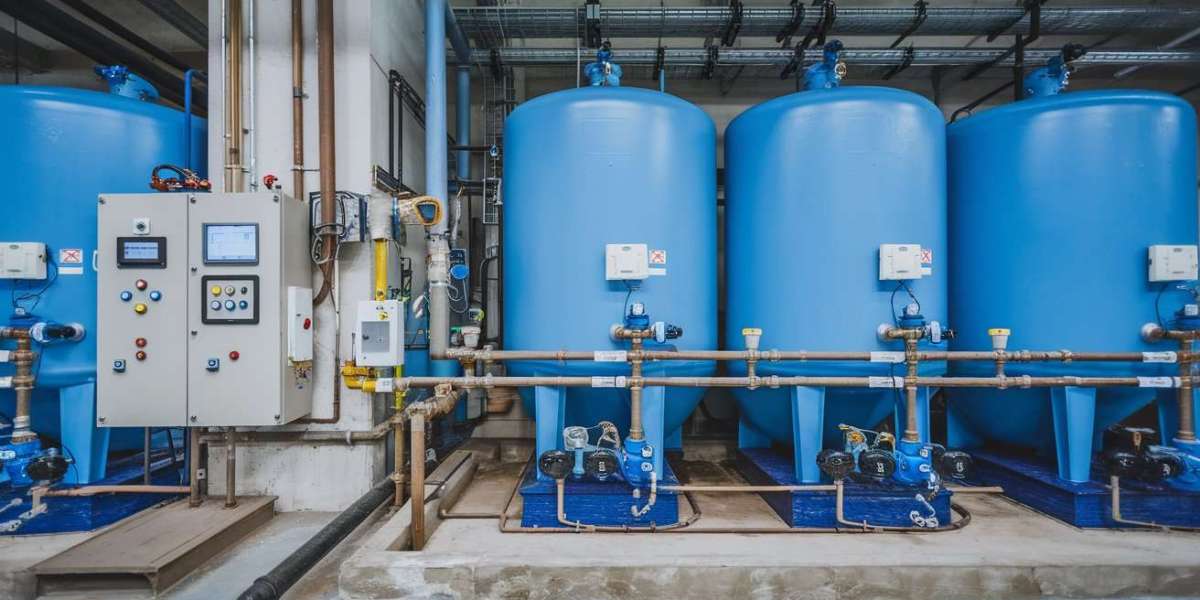Water is one of the most valuable resources on our planet, yet managing it efficiently remains a challenge. As cities expand and climate change impacts water availability, innovative solutions are essential to ensure sustainability. Enter smart water systems—an advanced way to monitor and manage water distribution using real-time data and telemetry.
Among the most effective tools in this revolution is remote water level monitoring, which provides actionable insights to prevent water wastage and enhance efficiency. This technology is proving invaluable for municipalities, industries, and even households looking to optimize their water use.
What Are Smart Water Systems?
Smart water systems integrate IoT (Internet of Things) devices, sensors, and cloud computing to provide real-time insights into water consumption, quality, and distribution. These systems allow for proactive management, reducing water losses and ensuring sustainable use.
Key Components of Smart Water Systems:
IoT Sensors: Measure water levels, pressure, and flow rates.
Cloud-Based Platforms: Store and analyze data in real time.
Telemetry Systems: Enable remote monitoring and control.
AI & Machine Learning: Predict patterns and optimize water usage.
The Role of Data-Driven Telemetry in Water Management
Telemetry systems collect and transmit data from water networks, providing a comprehensive view of water movement and consumption. This real-time monitoring helps utilities make informed decisions, optimize operations, and reduce inefficiencies.
Benefits of Data-Driven Telemetry:
Early Leak Detection: Identifies pipeline leaks before they become major issues.
Efficient Water Allocation: Ensures water is distributed based on demand.
Reduced Operational Costs: Minimizes maintenance expenses by predicting system failures.
Enhanced Sustainability: Supports water conservation efforts by detecting excessive usage.
How Remote Water Level Monitoring Enhances Efficiency
One of the core technologies within smart water systems is remote water level monitoring. By using sensors placed in reservoirs, tanks, and waterways, authorities can track water levels in real time, reducing wastage and improving supply chain management.
Key Advantages:
Accurate Water Usage Forecasting: Helps prevent shortages during peak demand.
Improved Irrigation Management: Ensures optimal water distribution for agriculture.
Quick Emergency Response: Detects and alerts operators about sudden drops in water levels.
Integration with AI Systems: Uses predictive analytics to improve water resource planning.
Real-World Applications of Smart Water Systems
1. Municipal Water Management
Cities worldwide are leveraging smart water systems to monitor supply networks, detect leaks, and reduce wastage. In places like Singapore and Amsterdam, data-driven water management has led to significant reductions in non-revenue water (NRW).
2. Industrial Water Usage
Manufacturing plants use telemetry to optimize cooling and wastewater treatment processes. This not only saves water but also reduces operational costs and environmental impact.
3. Smart Agriculture
Farmers employ smart irrigation systems that adjust water supply based on soil moisture levels and weather predictions, improving crop yield and reducing unnecessary water use.
4. Residential Smart Water Meters
Smart meters allow homeowners to track their water consumption in real time, encouraging better conservation habits and reducing utility bills.
Challenges in Implementing Smart Water Systems
While the benefits are undeniable, implementing smart water systems comes with challenges:
High Initial Costs: Upfront investment in infrastructure can be significant.
Data Security Concerns: Ensuring that data from IoT devices is protected against cyber threats.
Integration Issues: Legacy water systems may require significant upgrades to integrate smart technology.
Technical Expertise: Requires trained personnel to install, monitor, and maintain these systems.
Despite these hurdles, the long-term savings and sustainability benefits make smart water solutions a worthwhile investment.
The Future of Data-Driven Water Management
With technological advancements, the future of smart water systems looks promising. AI and machine learning will play a more significant role in predictive water management, reducing the need for manual interventions. Blockchain technology may also be introduced to enhance transparency and efficiency in water distribution.
Governments and private sectors are expected to collaborate further to implement large-scale smart water initiatives, ensuring a more sustainable and resilient water future.
Conclusion
Smart water systems powered by data-driven telemetry are transforming how we manage one of our most precious resources. Technologies like remote water level monitoring are making it easier to optimize water use, prevent waste, and ensure long-term sustainability. While challenges exist, the benefits far outweigh them, making smart water solutions an essential step toward a more efficient and environmentally friendly world.







